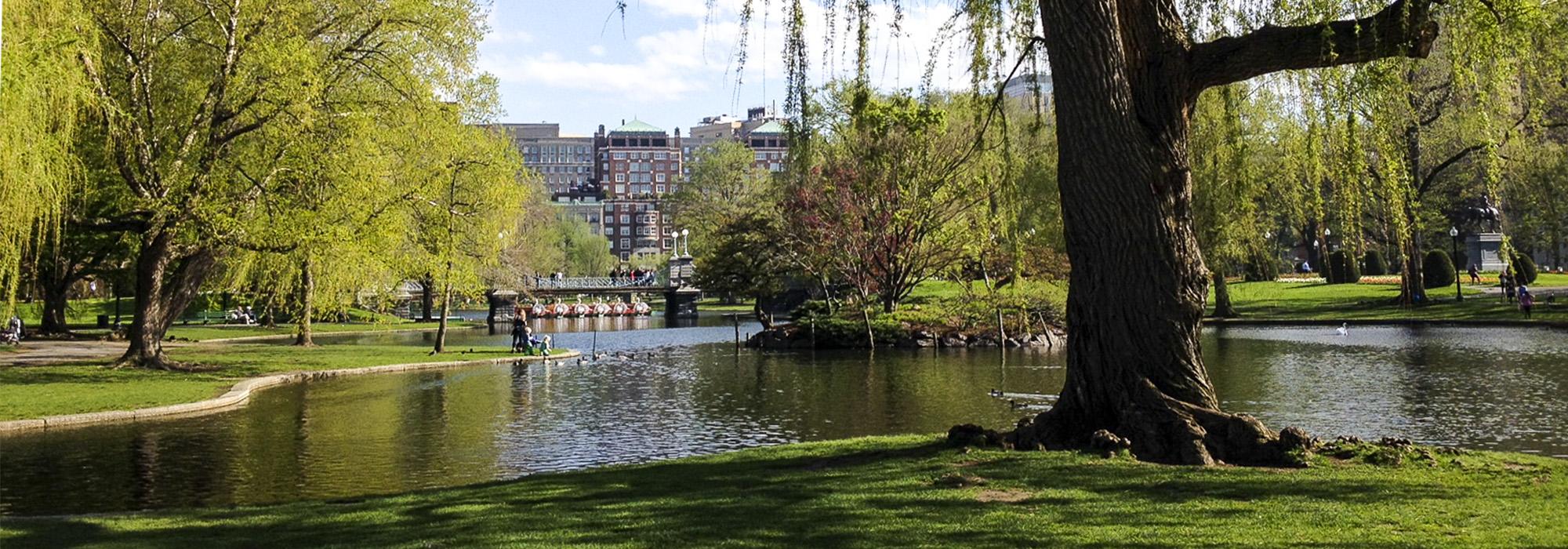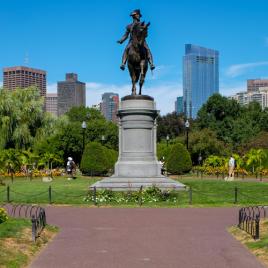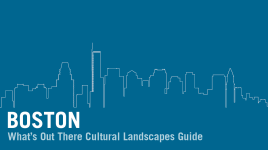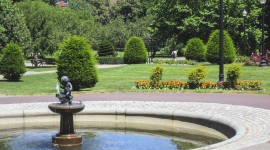Pioneer Information
Trained at the London Horticultural Society Gardens, Cadness arrived in Boston in 1839 and became the landscape gardener at the city’s botanic garden (established in 1837 as Boston Public Garden). As described by Cadness, the grounds under his supervision consisted of marginal land that presented several obstacles in the development of the garden. Located west of Charles Street, the 24-acre plot was below street level and served as a repository for refuse from the city. It was subject to tidal flooding from nearby Back Bay, making it unsuitable for many types of plantings. However, the garden did contain a conservatory with four galleries that housed exotic plants and birds, and hosted competitive flower shows. Cadness was impressed with the garden’s plant collection, which included camellias, dahlias, and tulips imported from England.
After the end of his three-year contract with the city, Cadness carried his botanical interest into a job at a Boston-based nursery founded by James Warren, a renowned horticulturalist. Cadness became a member of the Massachusetts Horticultural Society in 1941, and his floral designs were featured in The Horticulturist and Journal of Rural Art and Rural Taste, edited by Andrew Jackson Downing in 1849, and in contemporary journals. He later moved to the Flushing area of Queens, New York, where he worked as a production florist for the commercial market, winning prizes at Queens County agricultural fairs during the 1860s and 1870s for exotic flowering plants grown in his own greenhouses and gardens.






